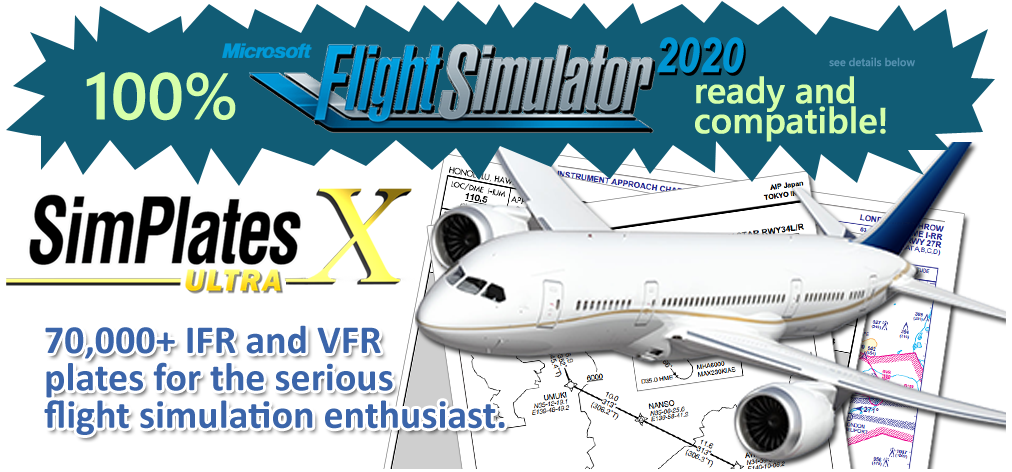Private and Instrument at the same time?
Asked by: Dave 14897 views Instrument Rating, Student Pilot
Let me first start with the fact that I think flying without a visual reference is about the coolest thing in the world. One of the things that makes flying so cool: not only can you move in three directions, you can do it without seeing where you're going and still get home! Try that in a car (hyperbole, I know).
All that's to say when I started to plan on getting my ticket, the instrument rating was as as I could after.
Fast forward today, for various reasons I had to take a break from my initial private training. I'm due to start back up in the spring. This time I have budgeted six lessons (with instructor) a month. Not quite the 8 recommended (twice a week), but, enough that I could keep going as long as, I dunno, I don't lose my job or the mob finally finds me and makes me pay them back.
So here's the question. Can you train for both at the same time? I know I could set up my private cross countries to work towards the 50 for the IR, the 40 sim/actual time, sure..no prob.
I guess the follow up, is: is it smart to do so?
Lastly, if you were going to attempt this, how would you ask your CFI to train you? Similarly: If you wouldn't attempt this, what would you ask your CFI to do to prep you for it (e.g. maybe train to the IFR PTS standards, not the Private?).








The following terms have been auto-detected the question above and any answers or discussion provided. Click on a term to see its definition from the Dauntless Aviation JargonBuster Glossary.